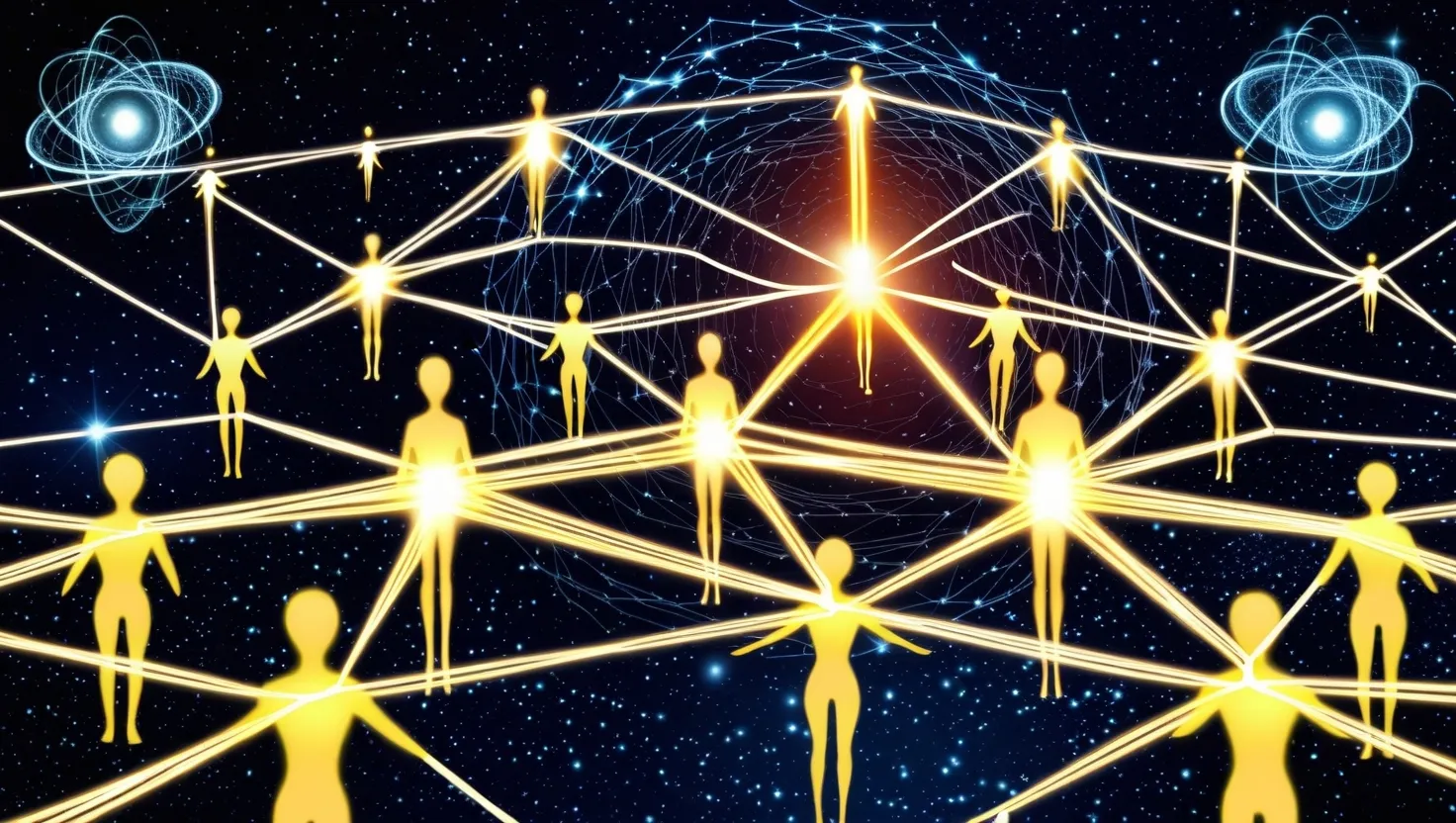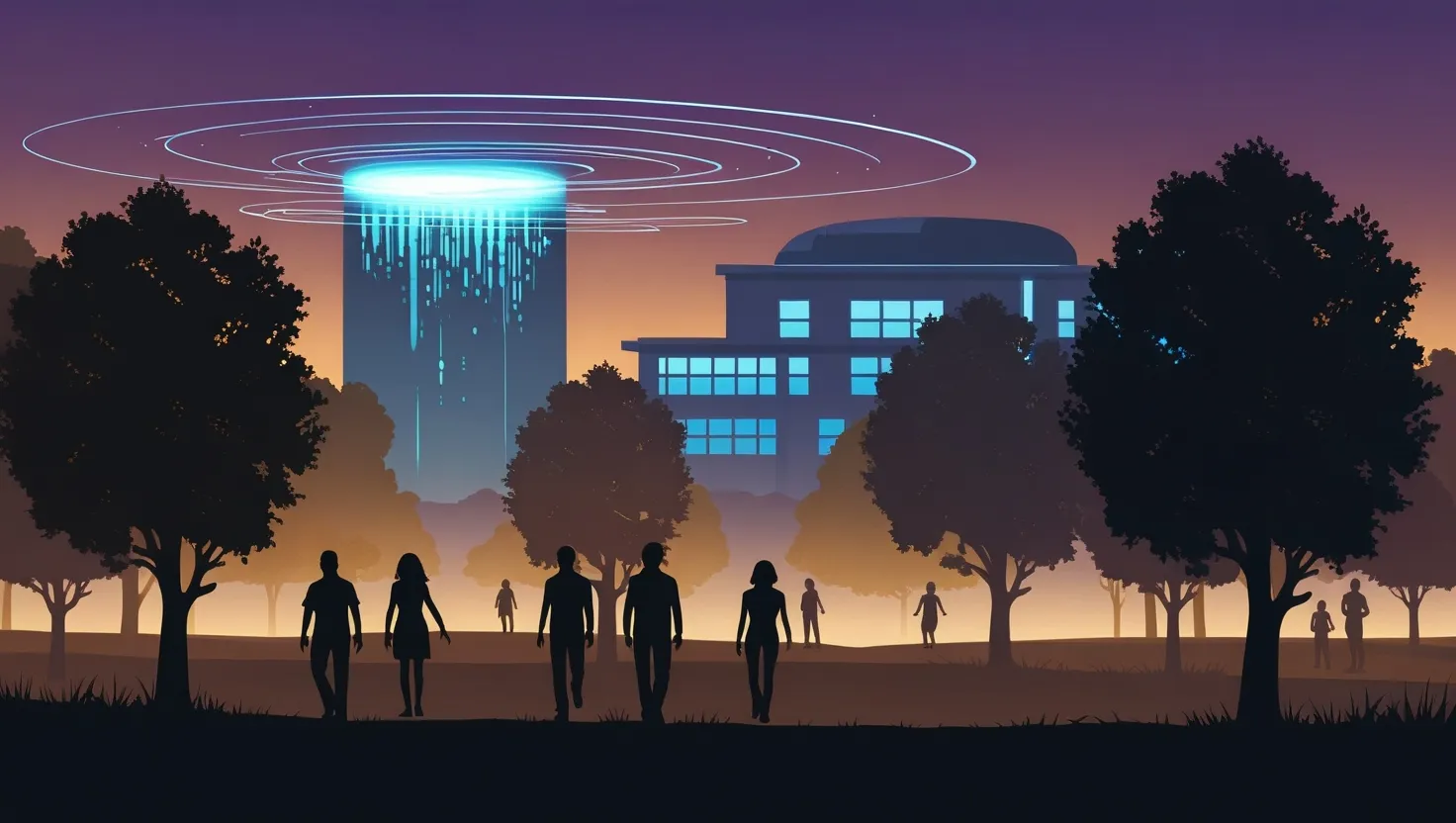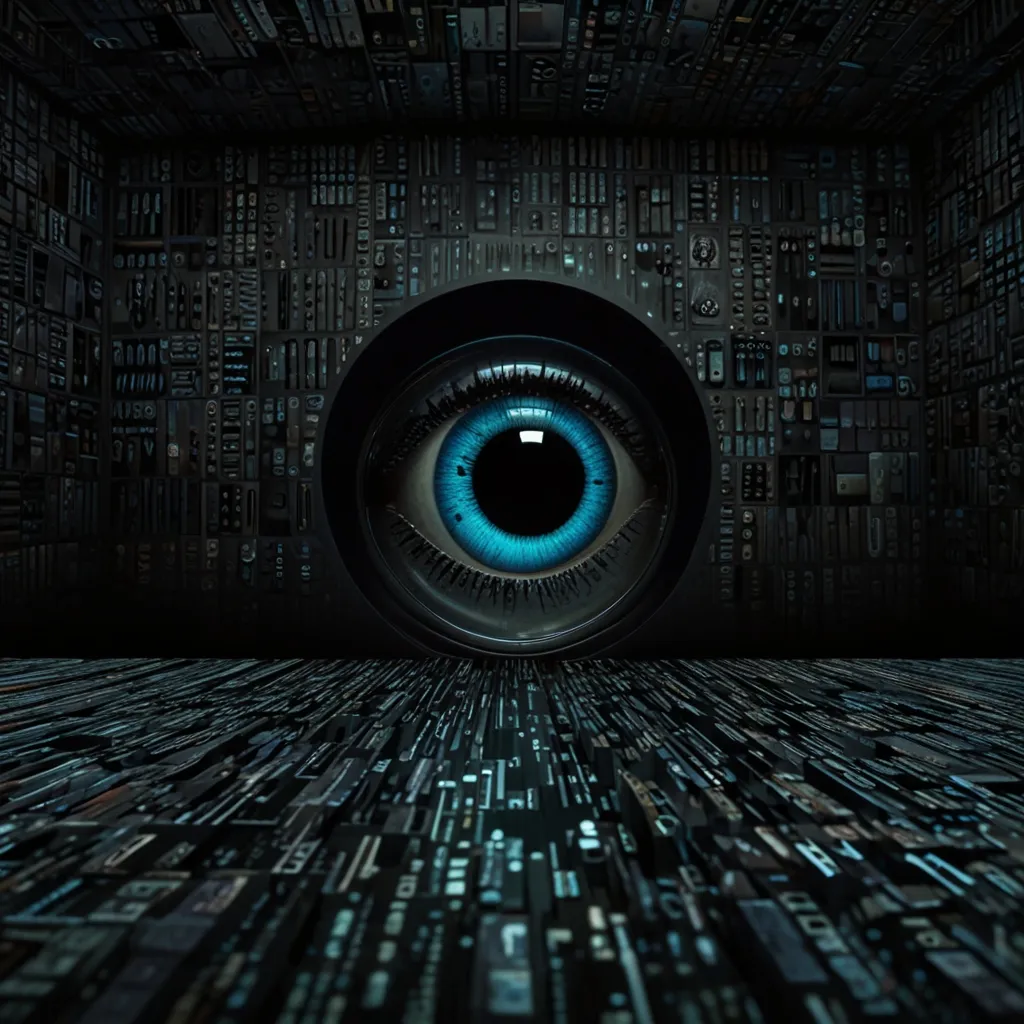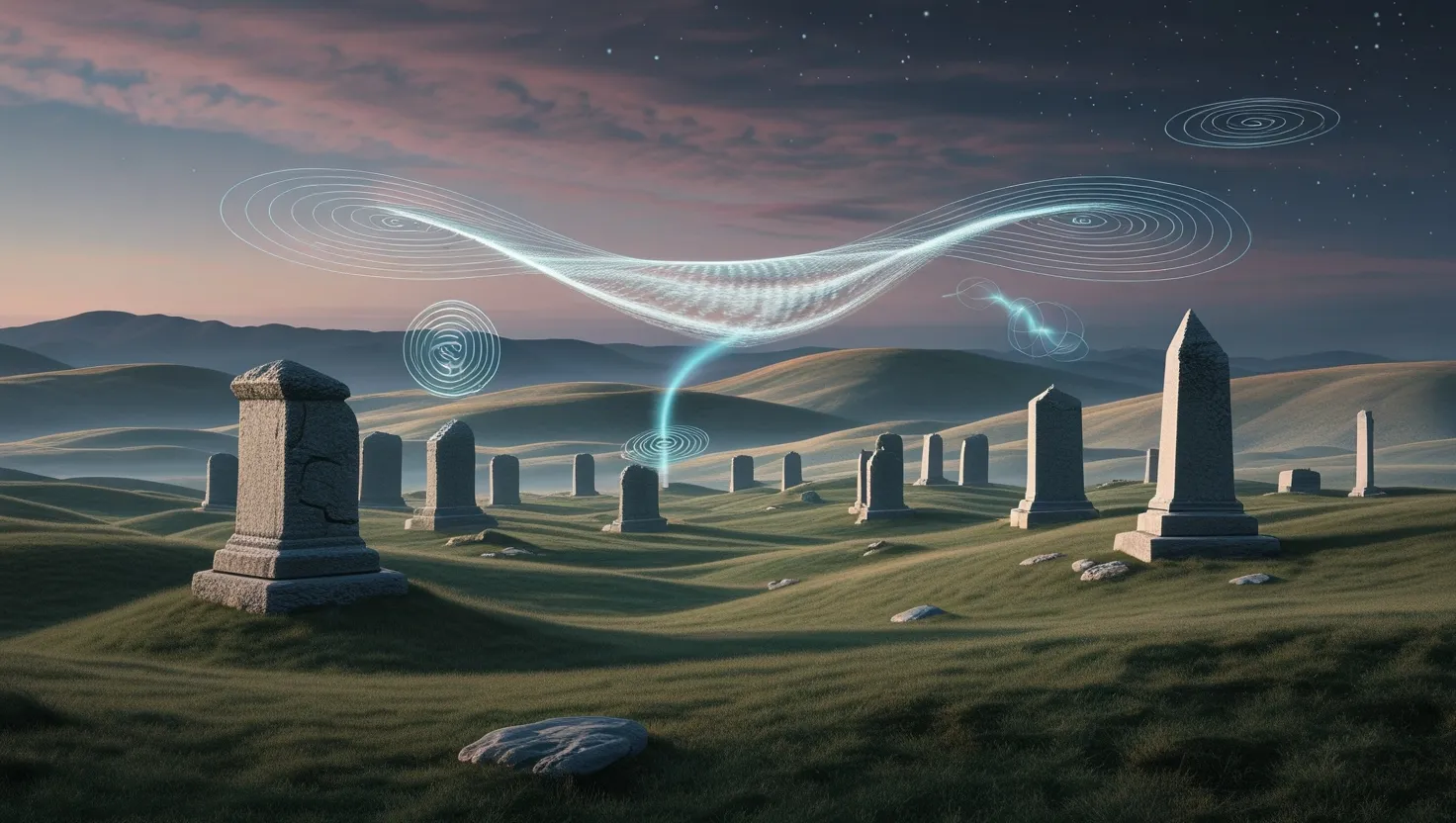Imagine a world where our collective thoughts and beliefs are not just passive reflections of our reality, but active architects of it. This idea, though it may sound like the stuff of science fiction, is being explored in the realm of quantum mechanics and the study of consciousness. The concept that our shared consciousness could be influencing quantum probabilities and thereby shaping our timeline is both fascinating and unsettling.
At the heart of this theory is the idea that consciousness is not just a product of brain activity, but a fundamental aspect of the universe. The Integrated Information Theory (IIT) suggests that consciousness arises from the integrated information generated by causal interactions within the brain, and it can be quantified and measured. This theory posits that consciousness is not limited to biological organisms but is a property of the universe, akin to space and time.
One of the key theories in this domain is the Orchestrated Objective Reduction (Orch-OR) theory, proposed by Roger Penrose and Stuart Hameroff. According to this theory, consciousness arises from the collapse of quantum waves in microtubules within neurons. Microtubules, highly dynamic structures within cells, can exist in a state of quantum superposition, allowing for the processing of multiple possibilities simultaneously. This collapse of the wave function is what gives rise to conscious experience.
But how does this relate to collective thoughts and beliefs? The concept of quantum resonance comes into play here. Quantum resonance suggests that vibrations at specific frequencies can induce changes in consciousness at both the micro and macro levels. For instance, the Earth’s-ionosphere cavity resonance frequency, known as the Schumann resonance (7.83Hz), is believed to be the frequency to which our biological systems are tuned. Studies have shown that when people are shielded from this frequency, it disrupts their circadian rhythms and leads to health issues, which are restored once they are re-exposed to it.
This idea of resonance extends to the collective level. If individual consciousness can be influenced by external frequencies, it’s plausible that collective consciousness could also be affected and, in turn, affect the world around us. The noosphere, a term coined to describe the collective thought space of humanity, suggests that our thoughts and feelings manifest in concrete social relations and cultural artifacts. This collective energy could be seen as a form of quantum field that influences our reality.
The notion that our thoughts are secretly orchestrating a cosmic dance of possibilities is supported by some intriguing observations. For example, sudden cultural shifts and global mood swings could be attributed to changes in this collective quantum field. The acceleration of technological progress, often described as exponential, might also be influenced by our collective expectations and beliefs.
Consider the phenomenon of morphic resonance, proposed by Rupert Sheldrake. This theory suggests that organisms are connected through a collective memory or field, which influences their behavior and development. If applied to human consciousness, it implies that our collective thoughts and experiences could be shaping our shared reality in ways we are only beginning to understand.
The study of quantum biology further reinforces this idea. Quantum coherence and entanglement play crucial roles in biological processes such as photosynthesis and even the sense of smell. These phenomena allow for more efficient energy transfer and suggest that quantum mechanics is integral to life at its most basic levels. If quantum mechanics is fundamental to biological processes, it’s reasonable to consider its role in higher-level phenomena like collective consciousness.
But what if we could harness this power? Understanding and manipulating the quantum zeitgeist could potentially allow us to consciously shape our future. This is a daunting prospect, as it raises questions about free will and the extent to which our thoughts are truly our own. If our collective consciousness is influencing reality, do we have control over this process, or are we merely passive participants in a cosmic dance?
The implications are profound. If we can influence quantum probabilities through our collective thoughts, it suggests that we have a greater role in shaping our world than we ever imagined. This could explain why certain events or trends seem to emerge suddenly and globally, as if they were part of a larger, interconnected web of consciousness.
However, this theory also raises ethical and philosophical questions. If our thoughts are shaping reality, what responsibility do we bear for the world we create? Do we have a moral obligation to think positively, to foster a collective consciousness that promotes well-being and harmony?
As we delve deeper into this concept, we are forced to question everything we thought we knew about reality, free will, and the power of collective belief. We are no longer just passive observers of the world; we are active participants, architects of a reality that is both fragile and malleable.
In this context, the idea that we are unwitting reality architects, collectively dreaming our world into existence, is not just a metaphor but a potential truth. Our thoughts, beliefs, and expectations are not just internal states but external forces that shape the fabric of reality. This realization challenges us to think more consciously about our thoughts and their impact on the world.
As we navigate this complex and intriguing landscape, we must consider the possibility that our collective consciousness is more than just a sum of individual thoughts; it is a powerful force that can shape our timeline and our future. Whether this is a blessing or a curse remains to be seen, but one thing is clear: our thoughts are not just our own; they are part of a larger, interconnected web that influences the world around us.
In the end, the quantum zeitgeist resonance theory invites us to rethink our relationship with reality and our place within it. It suggests that we have the power to shape our world through our collective thoughts and beliefs. This is a profound responsibility, one that requires us to be mindful of our thoughts and their potential impact on the world. As we move forward, we must consider the possibility that our thoughts are not just internal reflections but external forces that are actively sculpting the fabric of reality.






